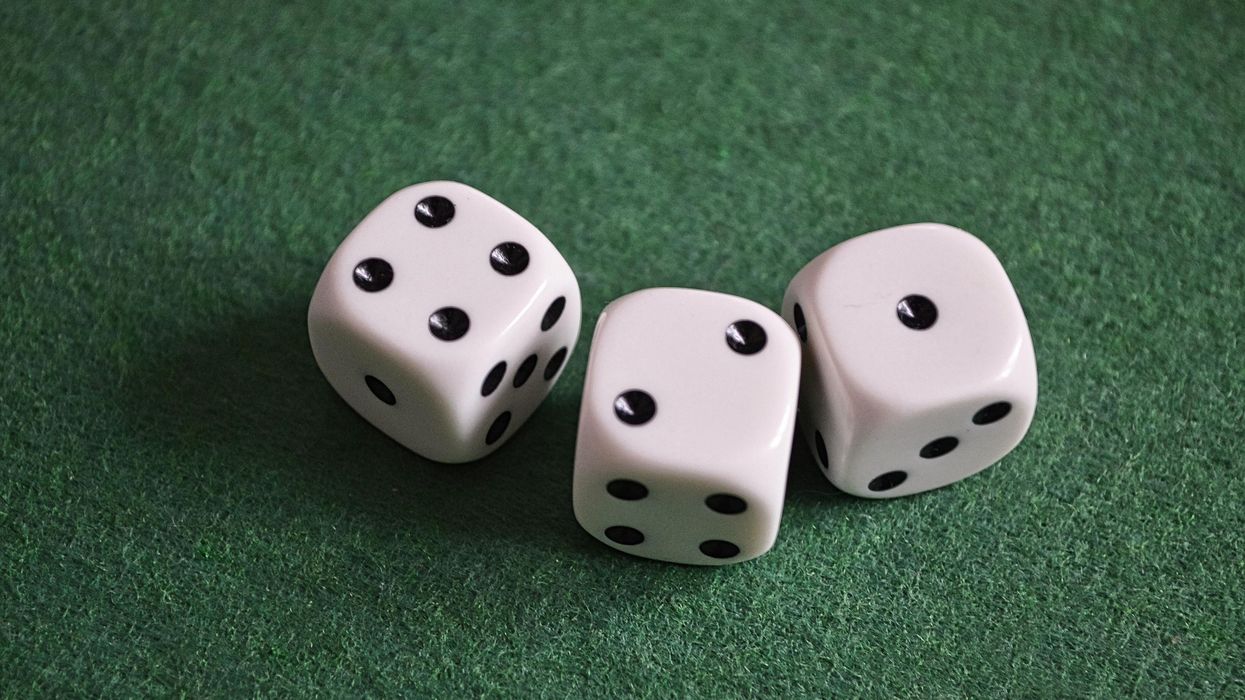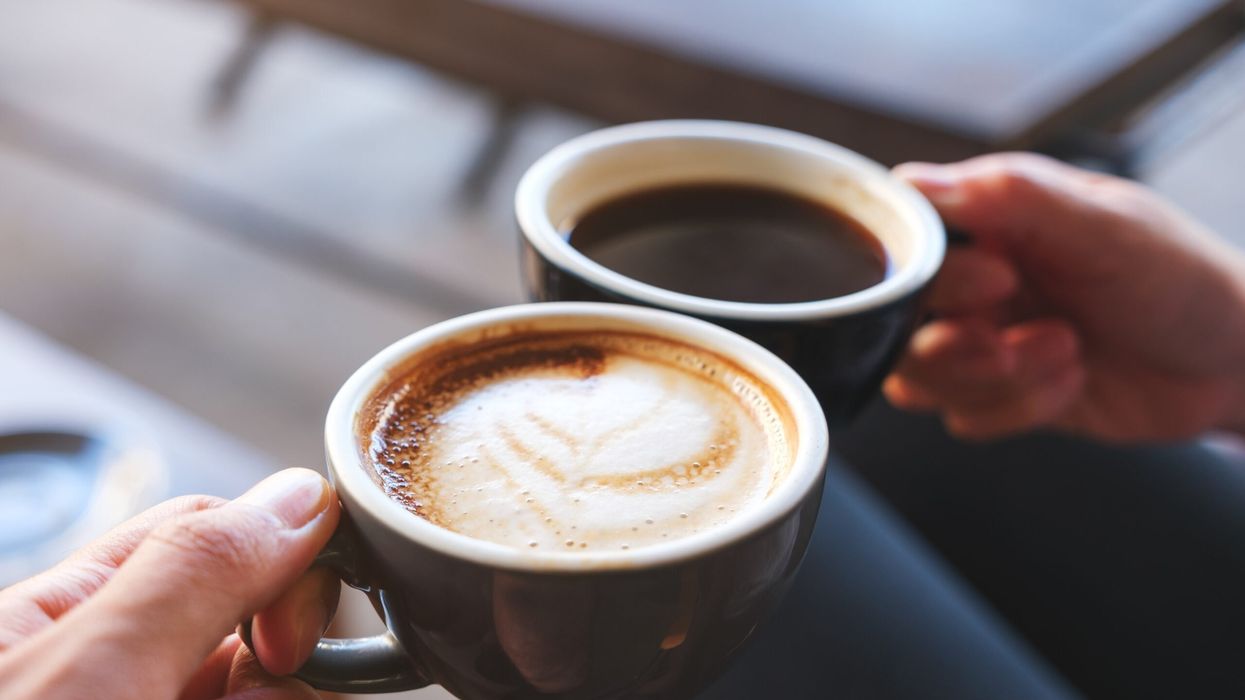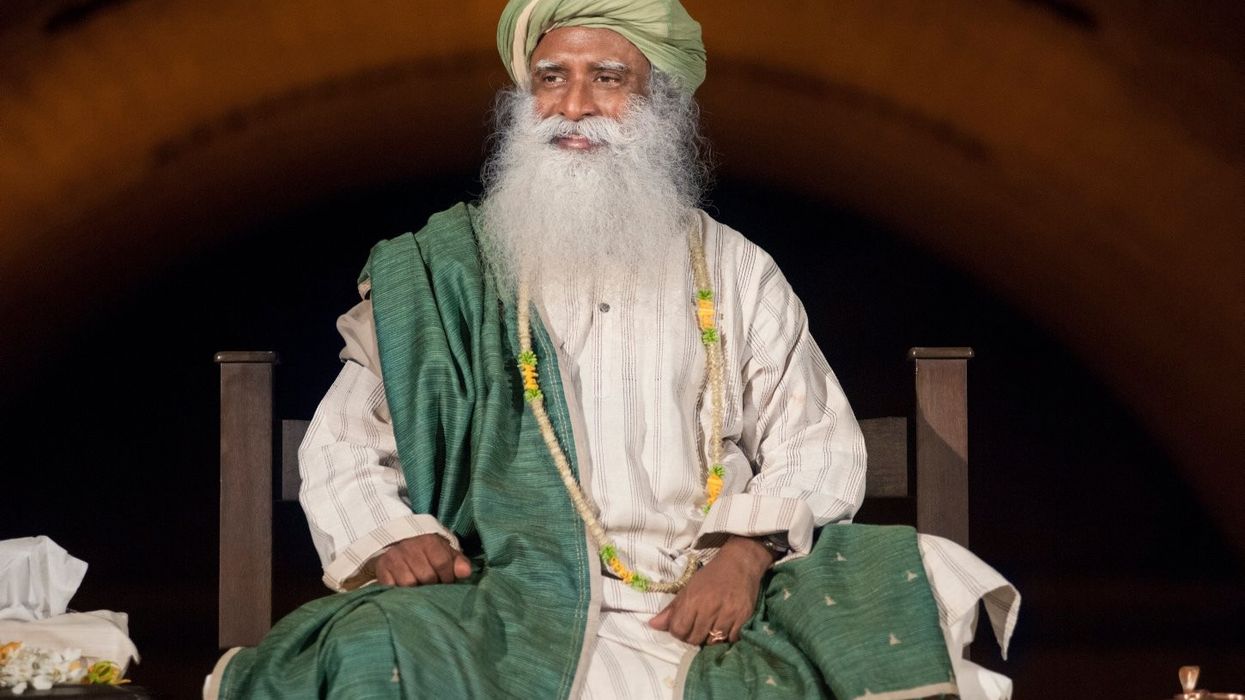SUMAIRA QURESHI TELLS EASTERN EYE ABOUT THE SUCCESS AND STRUGGLES OF BEING A FIRST-TIME MUM
BECOMING a first-time parent is a difficult journey, especially for mothers. When Sumaira Qureshi found out she was expecting a daughter, she was under no illusions that life was ever going to be the same again and went into a frenzy preparing for what was to come
by reading all the literature available.
One of the foremost things on her mind other than the labour itself was breastfeeding and its importance. Eastern Eye got the Berkshire-based mother-of-one to talk about her journey towards becoming a first time parent, overcoming struggles and the challenges of breastfeeding. She also got other mothers to share their experiences and what lessons can be learned by new mums...
“IT WAS so important to me that I did everything in my power to ensure my child got the best start in life. After all, I was bringing a new person into the world and she was going to be very dependant on me to get it right.
“I’d always known breastfeeding was something I wanted to do and all my research pointed in the same direction that breast is best. The statistics were overwhelmingly in favour of breast milk being the better choice for a baby, with both the NHS and World Health Organisation recommending exclusive breastfeeding for the first six months of a baby’s life. The thought of using formula hadn’t even crossed my mind. In fact, we didn’t even buy any because I was so convinced.
“Within minutes of being born, my daughter took to breastfeeding immediately. After a 33-hour labour, we had skin-to-skin contact just as I’d planned and she went straight for the nipple as soon as I offered it to her. It was to be the beginning of an unexpectedly draining, all consuming (puns intended) and at times almost debilitating journey.
“To begin with, she needed a feed every hour on the hour. She would latch onto me and not let go, even when she slept. If I dared unclench her little gums after she’d nodded off, I’d be met with a crying fit that shattered post-natal hormones.
“And the pain! I was sore, broken and swollen from the relentless gnawing and scratching as she tried to find her preferred method. And though she wasn’t a big baby, holding her at one angle for sometimes hours at a time wreaked havoc on my back and shoulders. I’d ache in muscles I didn’t know I had and barely slept in those first months.
“Going out was near impossible. Every trip out had to be planned with military precision around her feed and nap times. Once we were out, I then had to contend with how and where to feed her. As a new mother, my hormones were still in a post-natal state of disarray. Lack of sleep had my nerves on edge and my confidence in parenting was in the very foundling stages. Trying to feed her in public was terrifying. I had a feeding cover for
her, which she detested and would rip off. I’d have to abandon the cover and feed her facing a blank wall, for fear of being watched or grumbled at.
“I tried finding feeding rooms, which existed but were in short supply or occupied by some
other poor worn-out mother looking for a safe haven to quiet her hungry baby. I refused to go out without the protective shield I felt my husband provided, in case I was faced with an offended party telling me to take my noisy brat and offensive breasts out of their line of vision.
“In essence, I felt trapped. I was housebound unless my husband was free to accompany me. I couldn’t express my milk either. It would take me an hour to pump only 30mls of that precious nectar, so it was all down to me. My entire existence revolved around keeping my child hydrated, nourished and comforted, all the while ignoring my own needs in those very respects.
“It all sounds like quite the nightmare doesn’t it? Well it might surprise you to find that I actually consider myself to have been very lucky. I’ve always thought of myself as a strong, confident and empowered woman, yet I admit I really struggled in those early months. But I had the unwavering support of both my husband and mother, who encouraged me to do things exactly as I wanted.
“They would bring me meals, water and clean clothes as I needed them whilst feeding. My
mother provided invaluable tips on how to help maintain my milk flow, things to eat which would keep my strength up, and foods to avoid which might disagree with my daughter’s young digestive system. She shooed away prying neighbours and relatives whose sole purpose seemed to be to question my methods, abilities and milk supply.
“My husband encouraged me to leave the house, to feed confidently in public without fear
of reprisals, and to stand up for myself and our child’s right to feed should the need arise. To this day, I’ve never had anyone reprimand me for breastfeeding in public. My child was and is my priority, not the delicate sensibilities of grown adults who have the capability of looking away.
“In contrast, the many mums I have made friends with over the years have told me of their
breastfeeding struggles, and it pains me to hear what some have had to endure. One lady told me her Pakistani husband’s family discouraged her from breastfeeding as they felt they weren’t getting enough time with their grandchild and forced her to use formula for that precise reason. Thankfully, when she had her next baby, she’d upped her confidence enough to do things her own way.
“Another told me her Indian husband’s family insisted on trying to feed the baby themselves as they didn’t feel her milk was letting in quickly enough, which led to the poor baby having nipple confusion and mum being in severe pain and having to use a nipple guard.
“On the other side of the coin, there was a South Asian mum being taunted by extended
family because she chose to stop breastfeeding early on and was then being compared to other family members who had given birth at around the same time (in her presence). She’s says she’s over it now, but I can’t even imagine how gutwrenching that must’ve been.
“One lady told me that when her child fell ill and was taken to a doctor in Pakistan, he told her he was disgusted at her for choosing not to breastfeed!
“Women have told me they’ve had to feed in toilet cubicles and hot cars because no facilities had been provided or they were frightened of being approached in a negative way if they fed in public.
“Others shared that they struggled immensely with getting their baby to latch, particularly after C-sections or difficult deliveries, and subsequently felt inadequate as mothers for not being able to breastfeed. Some managed to get baby to latch, but then couldn’t cope with the pain of being chewed upon for hours at a time and gave up because it was too much to bear.
“Post-natal depression as a direct result of breastfeeding woes has also been a unfortunately far too common occurrence amongst my friends. Some suffered terribly with ‘mum-guilt’ that they weren’t doing right by their children if they couldn’t breastfeed and felt they were put under too much pressure by medical professionals and family members to get it right.
“Others who did breastfeed were exhausted because the sole responsibility of feeding fell so heavily upon their shoulders and they weren’t getting adequate support in other areas of life from their partners.
“Through these ladies, I’ve learned that while our experiences may not be identical there is a common theme that runs through our stories, which is a desperate need for support, particularly so for first-time mothers. Support to do things in a way that is right for both mum and baby. So many mums feel pressured into feeding their child in a particular place or way, or are judged for the choices they make.
“In the South Asian community particularly, there commonly seems to be a mixed message of ‘breast is best, but not too much!’ Mums are either reprimanded for not being able to breastfeed, criticised for breastfeeding too much, or are bizarrely questioned about how inadequate their supply probably is. It seems that you’re damned if you do and you’re damned if you don’t.
“Every woman I have spoken to described motherhood as one of the most wonderful things
to have ever happened to them. But every one also said more support is needed to help mums get through those early months of learning, struggle and post-natal chaos. One thing is for definite though, whenever mums were happy with their situation their children benefited from it. There is no doubt that a happy mum equals a happy baby.”
Top tips for breastfeeding:
“THESE are tips derived from my personal experience and may not work for every woman,” said Sumaira Qureshi.
- Breast milk is composed of 88 per cent water, which really surprised me. So drinking lots of water helps replenish your own supply as well as ensuring there is enough for baby.
- Learning I could feed my daughter while lying down was a huge revelation. Not having to cradle her for hours at a time saved my back and arms a great deal of pain.
- Relax. It’s easier said than done when your baby is colicky, screaming and hungry. But I personally found that the more tense I was, the more difficult it was for me to achieve milk let-down. The moment I took a deep breath and relaxed, milk just seemed to flow more naturally.
- Using a nipple cream was my saviour in those first painful months. It helped sooth cracked and sore nipples and is even safe enough to be used on baby if she has a sore nose etc.
- Hold your breast between your forefinger and middle finger when latching baby on. This was a trick my mother taught me and it worked wonders. The guidance ensured that baby could find the nipple easily and gentle pressure also seemed to stimulate
milk let-down.
- Invest in a nursing bra. The ease of being able to unlatch front hooks was incredible.
I’ve since stopped wearing nursing bras as I only really feed at bedtime now. But I can tell you from the odd emergency feed that normal ones are terribly awkward to breastfeed from!
- Most importantly do what feels comfortable for you. Breastfeeding (particularly for the first time) is not easy. It takes a toll on almost every faculty you have. At all times, be aware of how you are feeling. If it no longer feels right or is making you unhappy, seek advice or consider stopping. Your baby needs a happy and healthy mama too.











